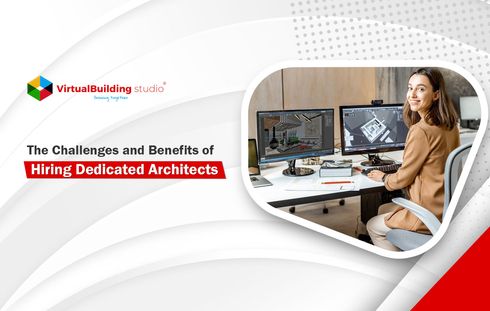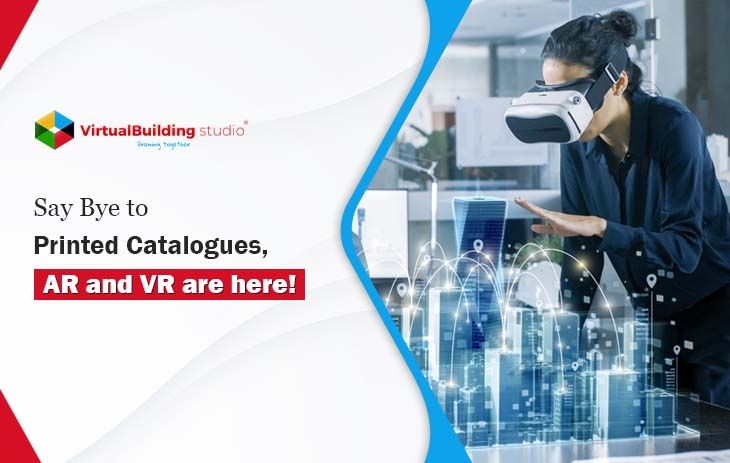
The AEC industry is strongly driven and dependent on technology. It is no surprise to say that whenever we hear of new technology or automation-based tools, the construction industry has been pivotal in adapting them swiftly. The latest innovations in the field of AR (Augmented Reality) and (Virtual Reality) VR services have created a new tangent to explore the possibilities in building construction.
This has paved the way to new ways of designing, branding, buying, selling, and also managing different properties through a thoroughly detailed tool. This technology has also helped in enhancing 3D BIM Modeling services in the new age.
AR services along with VR are an immersive technological space that allows the users to interact with each other in a digitalized environment.
The basic difference between AR and VR services is that the former enhances the real-time experience around whereas the latter detaches the user from the physical world. When both these elements are together they are known as mixed reality.
In terms of the AEC industry, this technology helps the user in visualizing the end-product, say a home or a property to imagine a real-time situation in the future. And not just this, it also helps the designers in visualizing a detailed end product to make informed decisions throughout the design process.
How do AR and VR collaborate with Real Estate?
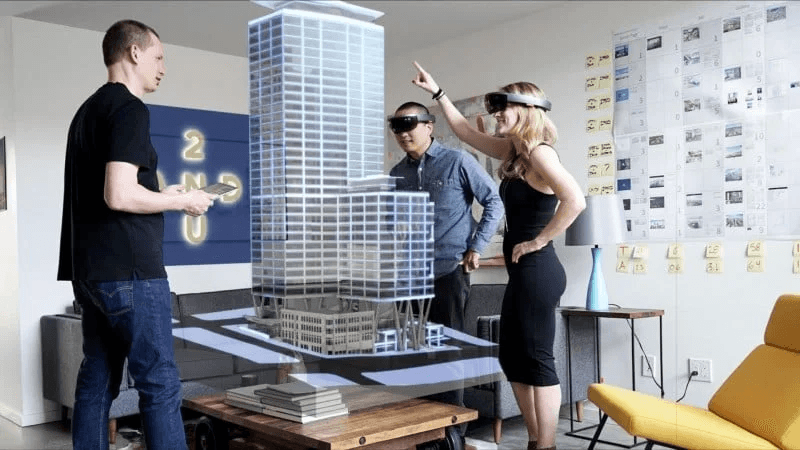
The real estate market is a growing domain, even after the pandemic it is still seeing many buyers upgrade their properties.
Many homeowners have realized the importance of having a viable abode, especially after the COVID-19 lockdown phase. This has made the clientele more driven towards a home upgrading but it has also made them more keen and conscious.
Now the informed clientele wants to make decisions that enhance their livability aspect. Traditionally, a prospective property or home buyer would visit a sales office.
He/She would go through the tedious process of understanding the concept of property development, the research, and also by visiting several sample flats one after the another.
In the perspective of the seller, they would also constantly adjust their schedule and requirements. By creating an inclusive process through AR and VR services, we can change that.
The best advantage of these services is to reduce the buying journey by a considerable amount of time. This can also help the buyer and seller to navigate this process more efficiently.
Lets look at some of the vital advantages of going for AR and VR services in Real Estate:-
Less Funding
AR and VR services have overtaken traditional marketing services and strategies. This in turn helps in giving a better ROI as now you are not staging a property but creating a real-time scenario through technology.
Time saver
These technologies are a time saver as there is no formal need to schedule or travel to see the site. It has the ability to provide its services at any given place and at any hour of the day.
Detailed Post-Study
AR and VR services have the ability to pick up user behavior, and their preferences. They can determine the highlights and the demerits within the experience; this can help the developers, builders, and realtors to enhance their future user experiences.
Global Reach out
Many NRIs and foreign investors are always keen on looking for property options on a global scale. With a clientele that thrives on this, AR services with VR is a plus, as you can virtually view properties from anywhere. There is no need to visit sites or view sample flats anymore.
Upgraded Customer Experience
With an upgrade in technological finesse, AR and VR services create a dynamic dimension – both innovative and interesting for the clientele. The experience is also very personalized as the client needs to explore their future properties.
One-Time Investment
Unlike property staging and sample flats, investing in AR/VR is a one-time investment. You can use the same applications in all your properties. This can save the various stakeholders from huge financial investments. With less maintenance cost, AR and VR are by far the most eased out technology to adapt.
Applications of AR and VR
As we all know, AR and VR have become the new commonality in every spectrum. In the real estate industry as well, this technology is booming to create new avenues for property buying, selling, renting, or building. Here are a few areas in the real estate industry where AR and VR have been applied.
Virtual Tours and Walks
Buyers want a real-time experience before buying a property or making that final decision. Through this technology, they can have a one-stop view of their future properties without traveling anywhere. They can access their properties from the exterior and interiors through this technology.
And not just this, they can visit multiple properties in no time.
Virtual Staging
Home staging is one of the most common sales strategies. Although, it is an expensive affair in itself.
It requires heavy financial investment and takes a lot of time to execute. By virtual staging, you can considerably reduce this cost. Through AR and VR you have the option to personalize this according to the customer preferences.
Moreover, the client also has an access to accentuate these spaces by taking first-hand experience in designing them through AR and VR.
3D BIM Services
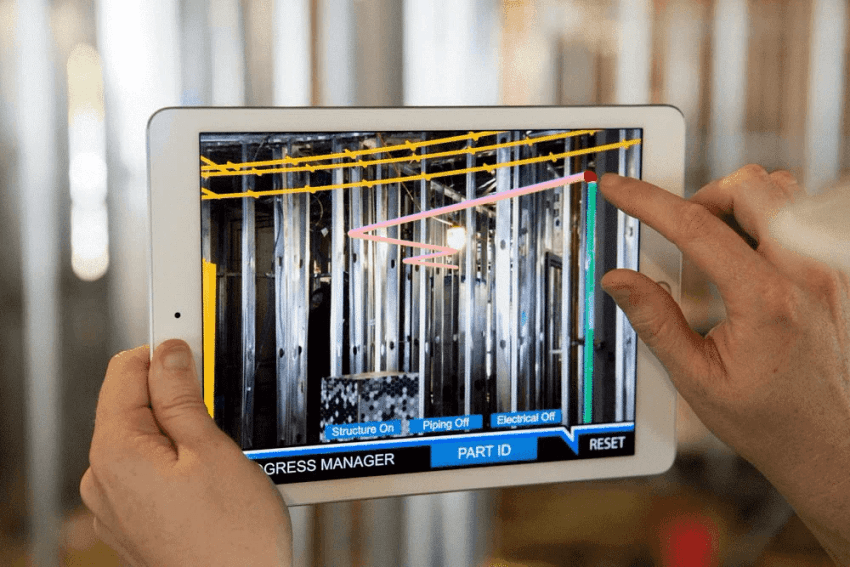
BIM (Building Information Modelling) is a process supported by various digital tools and software that allows you to create a detailed project along with the necessary technicalities.
A blend of 3D BIM Services with AR and VR has proven to be a revolutionary route to the AEC Industry. Now architects, designers, engineers, and other stakeholders can view their completed designs prior to their initial execution through this technology.
3D BIM Models are the ideal solution for various stakeholders to make informed decisions prior to the construction stage.
These 3D BIM Modeling services have been a backhand in various multinational and award-winning projects on a global scale. Many government officials are urging the AEC industry to actively adapt 3D BIM Models to cater a holistic approach to the built environment.
3D BIM Modeling also has a sustainable footprint as it allows less wastage of materials. When this technology is merged with AR and VR, it amplifies the conscious approach of building.
AR VR in Architecture
Be it home tours or a walk around the property, AR and VR allow realtors to give their customers an immersive experience of their luxe designs. Instead of spending tons on 3D physical models and full-scale sample flats or spaces, VR allows the customers to experience this in an amplified zone.
There are two ways through which these walk tours can be initiated, one; a conventional video tour that is fully virtual that requires a headset, second; an interactive experience within the property by clicking on several pre-decided spots.
Virtuality in Tenants and Residents
Improved communication can be achieved between the tenants and the landlords through 3D tours. This prospective tenant can get a quick tour of the home prior to reaching the location. This can help them in making an informed decision.
Virtuality & Commerce
While the buyer is experiencing a property through AR services and VR, they can also access several online stores and try to fit their items within the space. There is no need to follow a certain stereotype of the virtual tours through a pre-decided furniture layout. Now buyers can customize their experience.
AR/VR Technology is the Future
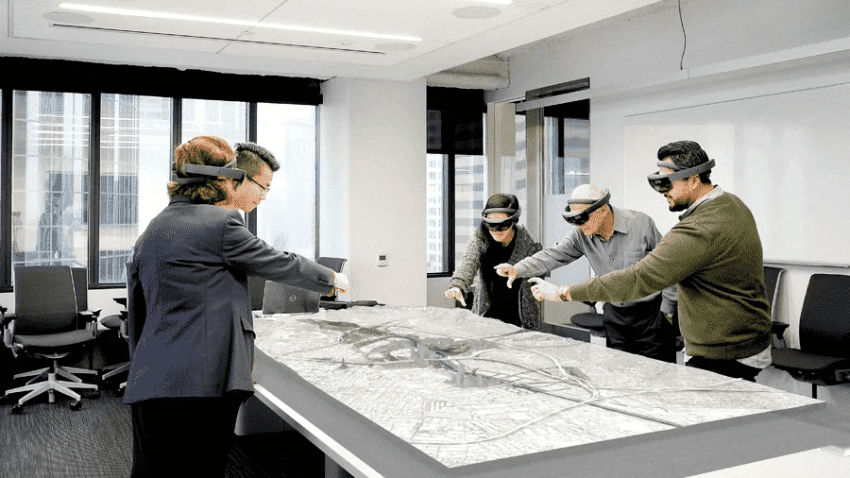
It is estimated that AR services and VR will have an $80 billion market by the year 2025. To pay an ode, the real estate industry is running in parallel in adapting this smart technology. It is transforming the mundane ways of property buying and is creating an immersive process for the buyers.
About 90% of real estate markets and agencies have started using this technology as their go-to solution to provide better clients services. Gone are the days when a colorful printed catalog was enough to convince a client; the informed clientele now needs more.
They want to visually access their properties, they want a peek into the future, in their presence. And therefore, AR and VR services are here to stay!


